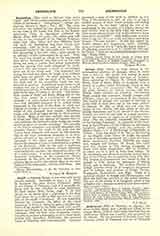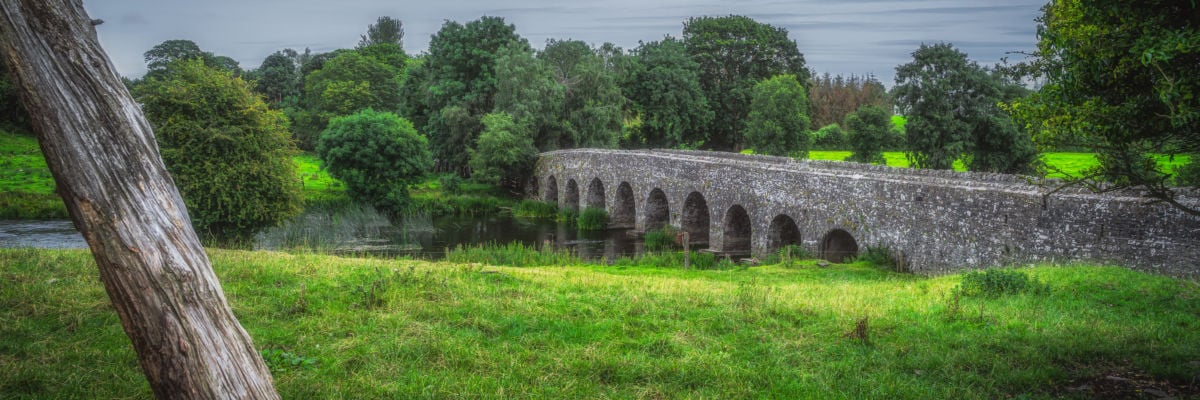

Ardbraccan (Hill of Braccan, or Brecan), site of an ancient abbey, now a parish and village in the county Meath, Ireland, three miles west from Navan. Ardbraccan Abbey was founded and governed by St. Brecan. He was grandson of Carthan Finn, first Christian prince of Thomond and son of Eochaidh Balldearg, also prince of Thomond, whom St. Patrick baptized. Brecan had the gift of prophecy. He died, Petrie says, early in the sixth century (but Ware states not till after 650) and was interred in Templebrecan, a church he founded in the Great Isle of Arran. Petrie copied the inscription on his tombstone discovered early in the nineteenth century. The “Martyrology of Donegal” calls him Bishop of Ardbraccan; but the founder of that see was St. Ultan, who succeeded him as abbot. Ultan’s charity towards children was remarkable. He wrote lives of Sts. Brigid and Patrick, and died 657. Tirechan, who succeeded him, compiled the “Acts of St. Patrick” received from the lips of Ultan. Between the ninth and the twelfth century Ardbraccan was often pillaged and burned by Danes and natives. The succession of abbot-bishops continued till the English invasion, when abbey and town declined. After the Synod of Kells (1152) Ardbraccan and other small sees of the kingdom of Meath were united under the title of Meath, and the episcopal residence was fixed there at an early date.
J. J. RYAN


